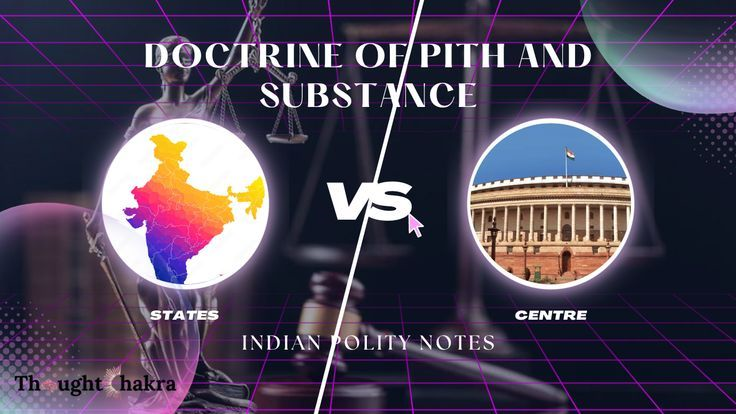Introduction and Constitutional Provision
The Writ of Habeas Corpus is one of the most powerful remedies available under Article 32 and Article 226 of the Indian Constitution. The phrase “Habeas Corpus” is Latin for “to have the body” and is issued to produce a person who is unlawfully detained before the court. Its primary objective is to protect individual liberty against unlawful arrest or detention by the State or any authority. This writ empowers the courts to ensure that no person is deprived of personal liberty without legal justification, thus safeguarding the Fundamental Right under Article 21 — the Right to Life and Personal Liberty.
Scope and Legal Significance
Under Article 32, the Supreme Court has the authority to issue the writ, while High Courts can issue it under Article 226. The writ can be filed by the detained person or anyone on their behalf, ensuring that even a voiceless or helpless person can seek justice. It can be issued against the State or even private individuals in cases of illegal confinement. However, it cannot be issued when detention is lawful, such as preventive detention under valid legal authority. The writ of Habeas Corpus is thus a vital tool for enforcing personal freedom and ensuring that the executive does not act arbitrarily.
Purpose and Constitutional Importance
The main aim of this writ is to restore the liberty of a person who has been unlawfully detained. It acts as a constitutional check on arbitrary State action, reinforcing the rule of law and protecting the dignity of individuals. The power of the court to demand justification from the detaining authority ensures that no person is held without due process of law. In essence, the writ of Habeas Corpus upholds the democratic spirit of the Constitution by preventing misuse of power and ensuring that freedom is the rule, detention the exception.
Real-Time Example
A landmark case is ADM Jabalpur v. Shivkant Shukla (1976), popularly known as the Habeas Corpus case. During the Emergency (1975–77), citizens were detained without trial, and the Supreme Court controversially held that the right to life and liberty under Article 21 could be suspended. However, this judgment was later overruled in Maneka Gandhi v. Union of India (1978), reaffirming that the right to personal liberty cannot be taken away without due process of law. This case strengthened the protection of individual freedoms even in times of national crisis.
Mnemonic to Remember – “LIBER”
L – Liberty protection under Article 21
I – Issued by Supreme Court and High Courts (Art. 32 & 226)
B – Body of the detained person must be produced
E – Ensures protection against unlawful detention
R – Restores freedom through judicial review
The mnemonic “LIBER” reminds that the Writ of Habeas Corpus is the guardian of liberty, ensuring that no one is unlawfully deprived of freedom in a democratic society.
About lawgnan:
Explore the Writ of Habeas Corpus under Articles 32 and 226 in detail on Lawgnan.in, your trusted source for Indian constitutional law. Understand how this powerful judicial remedy safeguards personal liberty and ensures protection against unlawful detention. Learn from landmark cases like ADM Jabalpur v. Shivkant Shukla (1976) and Maneka Gandhi v. Union of India (1978) that shaped the interpretation of Article 21 — the Right to Life and Personal Liberty. Ideal for law students, judiciary aspirants, and UPSC candidates, this guide simplifies one of the most essential tools of justice in a democracy.




